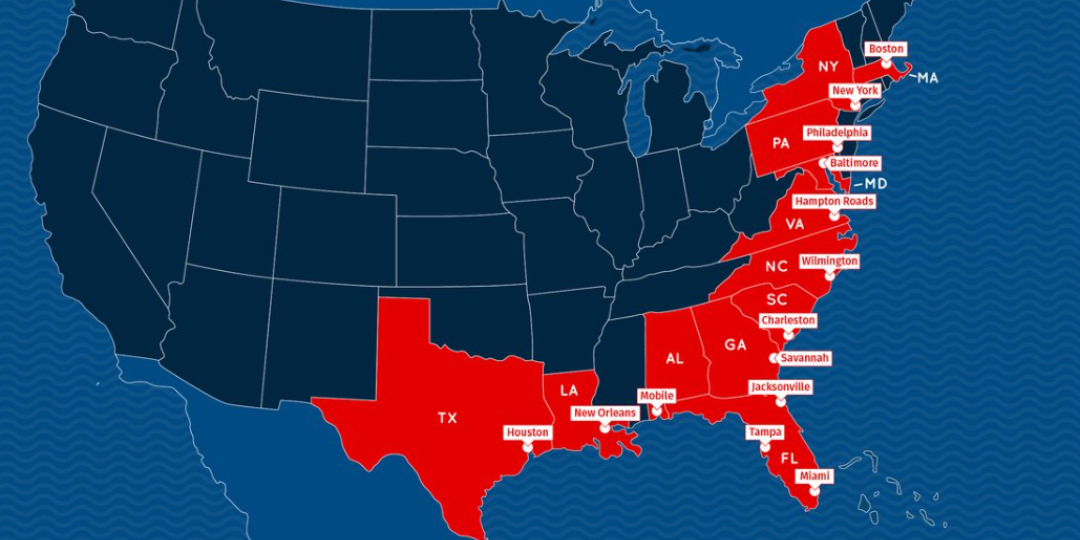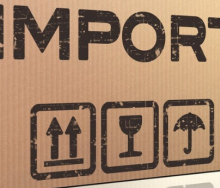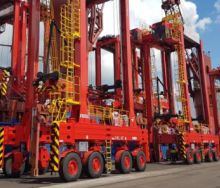The ILA yesterday launched its crippling strike at US East Coast and Gulf Coast ports with a claim that ocean container carriers are now charging $30 000 per container in a “whopping increase from $6 000 just a few weeks ago”.
But freight benchmarker Xeneta described the “scaremongering” claim by the port workers’ union as misleading, saying its own data, based on more than 450 million crowdsourced datapoints, showed average spot rates on the major fronthaul from the Far East to US East Coast at around $7 000 per 40-foot container (FEU) on 1 October.
“While average spot rates from North Europe to the US East Coast have increased 50% since the end of August, they are still only $2 800 per FEU.
“The union is representing its members and clearly has grievances to raise, but muddying the waters with misinformation does nothing to help resolve the situation,” said Xeneta chief analyst, Peter Sand.
“More than 40% of containerised goods enter the US through the East and Gulf Coast so this strike will cause carnage across supply chains and damage the US economy. Now is the time for cool heads and diplomacy rather than scaremongering and fake news.”
According to Xeneta, the all-time record average spot rate on the trade from North Europe to the US East Coast was set during the Covid-19 period in May 2022, at $8 790 per FEU.
The all-time record on the trade from the Far East to US East Coast was also set during the Covid-19 era when it reached $12 400 per FEU in January 2022.
“This claim by the ILA must be corrected because we have seen in the past how rumour and false information cause panic in the market and spiralling freight rates as shippers rush to protect supply chains,” said Sand.
He said it could not be ruled out that one desperate shipper had paid $30 000 in an extreme example, “but this freight rate is certainly not representative of the market”.
“If a shipper does not have access to data to benchmark their own freight rates, they may believe the ILA’s claim of $30 000 per container and the market enters a vicious circle of higher and higher rates being paid.”
Sand doubts if the strike could end without government intervention.
“The latest statement by the ILA suggests there is very little prospect of the two sides reaching a mutually agreeable resolution. To stop trade from entering the US on such a scale for a prolonged period of time is unthinkable, so the government will need to step in for the good of its people and economy.
“The longer the strike action goes on and the longer it takes the US government to intervene, the deeper the damage will be to the economy and longer it will take for ocean supply chains to recover.”













